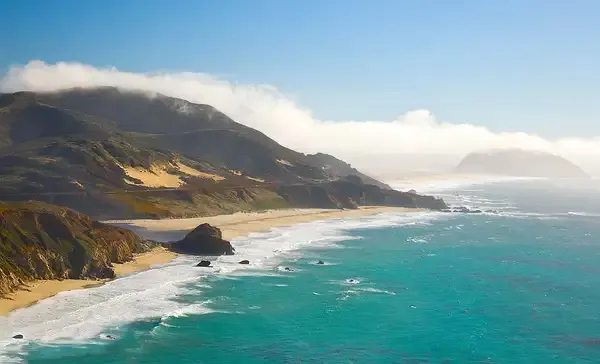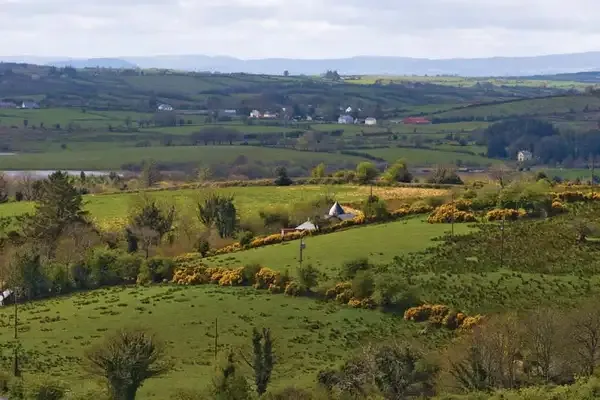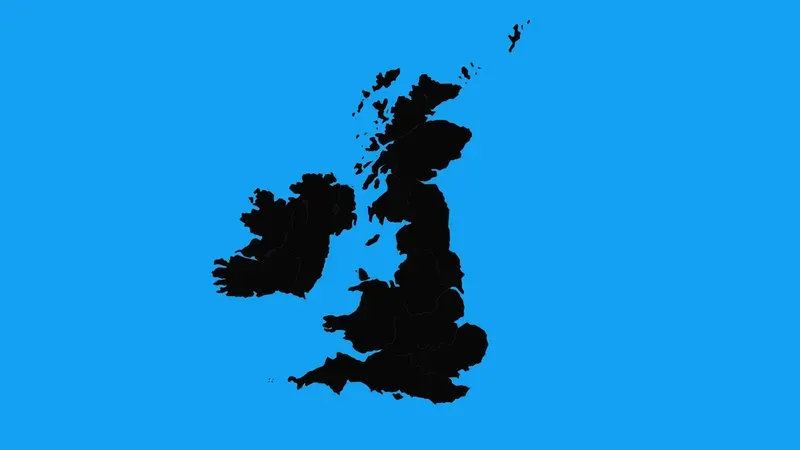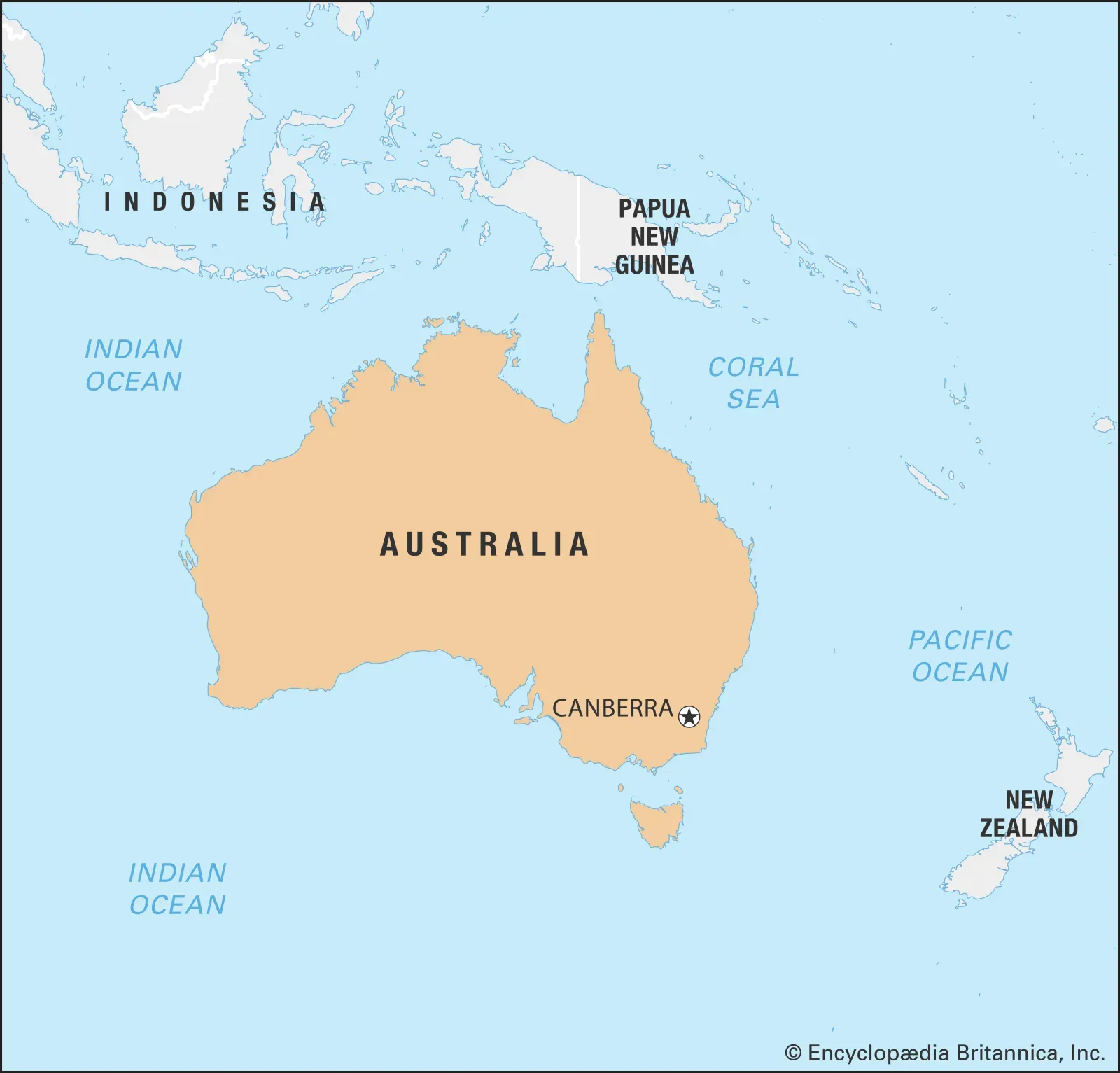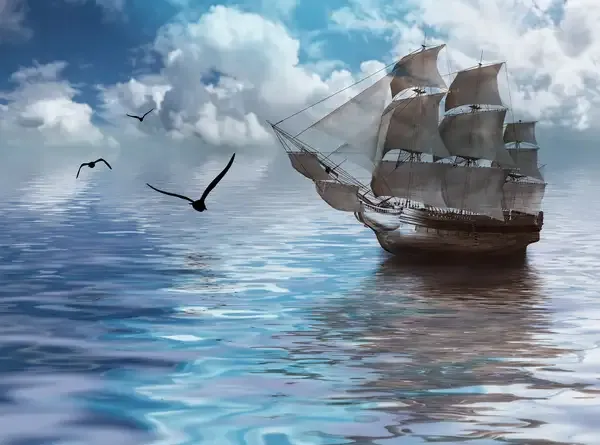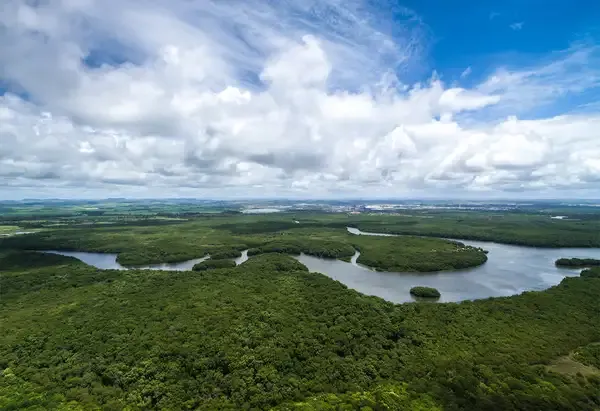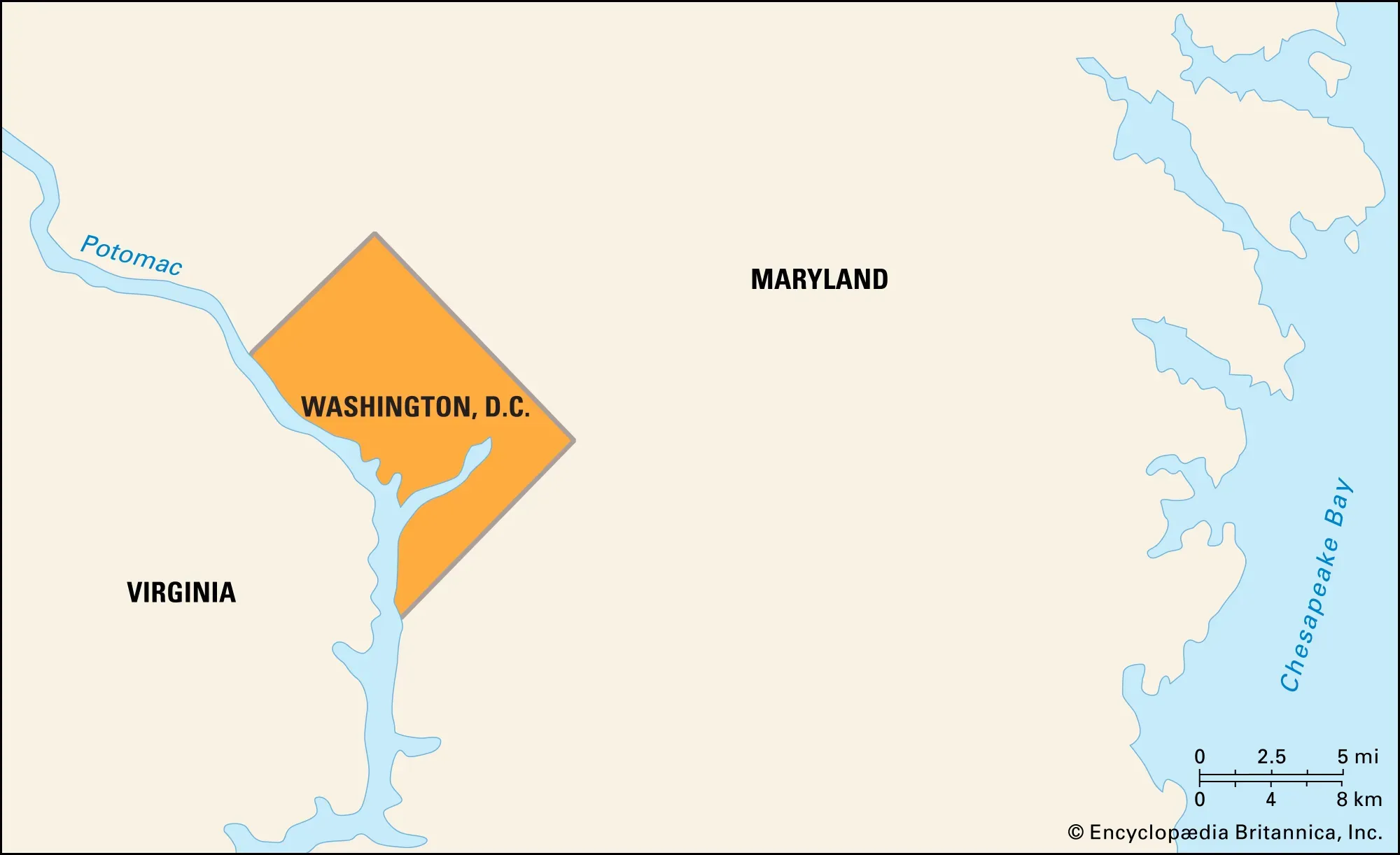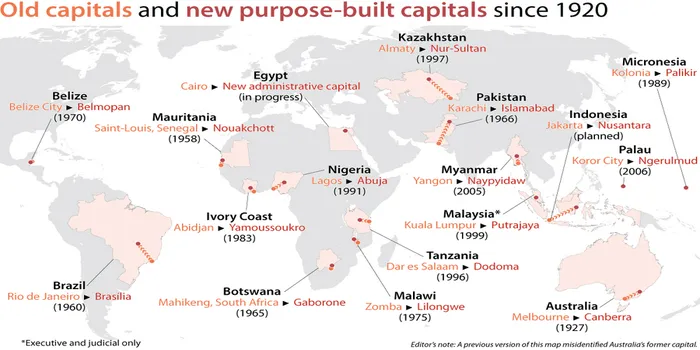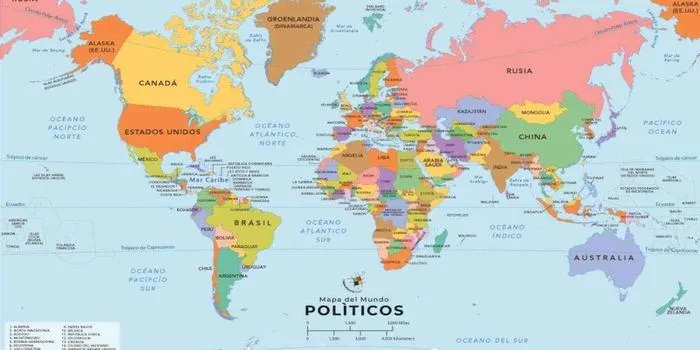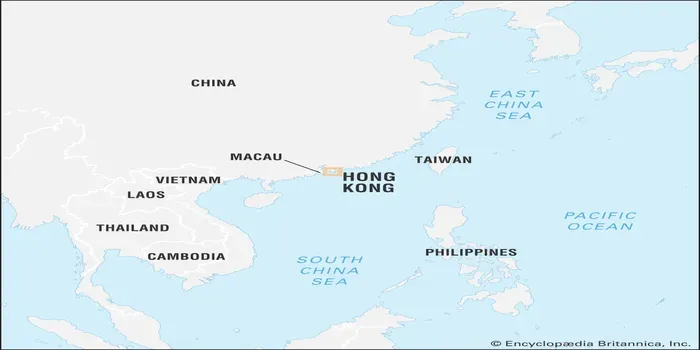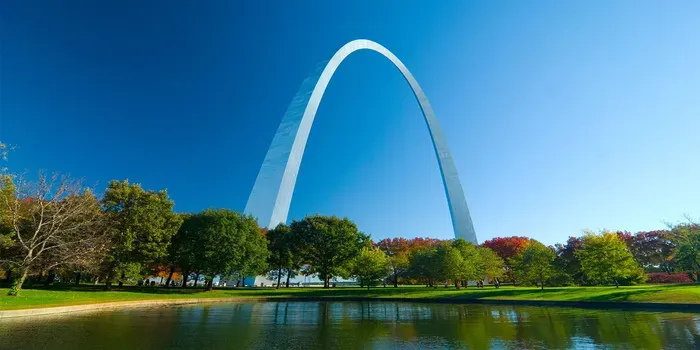What Is Known (and Not Known) About the Bermuda Triangle
The Bermuda Triangle, also known as the Devil's Triangle, is a region in the western part of the North Atlantic Ocean where numerous ships and aircraft have disappeared under mysterious circumstances. Despite extensive speculation, there is no scientific consensus on a single cause. Theories range from environmental factors like methane hydrates and unpredictable weather to more fantastical explanations such as alien activity. While some incidents can be attributed to human error or natural phenomena, many remain unexplained, fueling ongoing intrigue and debate.
Are the Middle East and the Near East the Same Thing?
The terms "Middle East" and "Near East" are often used interchangeably, but they have distinct historical and geographical nuances. The "Near East" was a term used by European powers in the 19th century to describe the regions closest to Europe, including parts of Western Asia and the eastern Mediterranean. "Middle East" emerged later, encompassing a broader area that includes parts of North Africa and extends further into Asia. Over time, "Middle East" has become the more commonly used term in geopolitical contexts.
Just How Many Oceans Are There?
The Earth's vast water bodies are traditionally divided into five oceans: the Pacific, Atlantic, Indian, Southern, and Arctic. These divisions are based on geographical, cultural, and historical factors. While all are interconnected, each ocean has distinct characteristics and ecosystems. The Southern Ocean, recognized in 2000 by the International Hydrographic Organization, encircles Antarctica and is known for its unique and extreme environment. The concept of dividing oceans aids in navigation, research, and understanding of Earth's aquatic systems.
What Is the Difference Between South America and Latin America?
South America is a continent located in the Western Hemisphere, comprising 12 countries, including Brazil, Argentina, and Colombia. Latin America, however, is a cultural and linguistic region that includes countries in both South and Central America where Romance languages such as Spanish and Portuguese are spoken. This means Latin America encompasses parts of North America, including Mexico and parts of the Caribbean. Therefore, while all South American countries are part of Latin America, not all Latin American countries are in South America.
Where Does the Name
The name "Where Does the Name" likely refers to a query or exploration into the origins and meanings of specific names. This involves examining etymology, cultural significance, and historical context to uncover how names have evolved over time. It might include insights into linguistic roots, geographical influences, and traditional practices that shape naming conventions. Understanding the background of names can offer valuable perspectives on identity, heritage, and the diversity of human language and culture.
Is "Holland" the Same Place as "the Netherlands"?
Holland and the Netherlands are often used interchangeably, but they are not the same. The Netherlands is a country comprising 12 provinces, while Holland refers specifically to two provinces within it: North Holland and South Holland. These provinces are economically and politically significant, which leads to the common usage of "Holland" to represent the entire country. However, calling the entire country "Holland" is technically incorrect, as it overlooks the other ten provinces.
Why Is Ireland Two Countries?
Ireland is divided into two countries due to historical, political, and religious factors. The split originated from centuries of British rule and conflicts between the predominantly Catholic Irish and the Protestant British government. In 1921, the Anglo-Irish Treaty led to the creation of the Irish Free State, now the Republic of Ireland, comprising 26 counties. The remaining six counties in the north, with a Protestant majority, became Northern Ireland, remaining part of the United Kingdom.
How Do Deserts Form?
Deserts form primarily due to the combination of climatic and geographical factors. Regions with high pressure systems experience descending air that absorbs moisture, leading to arid conditions. Mountains can create rain shadows, where moist air rises, cools, and loses its moisture on one side, leaving the other side dry. Cold ocean currents can also contribute by cooling air, reducing its moisture-carrying capacity. Human activities, such as deforestation and overgrazing, can further exacerbate desertification by degrading soil and vegetation.
What’s the Difference Between Great Britain and the United Kingdom?
Great Britain and the United Kingdom are often confused but refer to different entities. Great Britain is a geographical term that describes the island comprising England, Scotland, and Wales. The United Kingdom, or the UK, is a political entity that includes Great Britain and Northern Ireland. Therefore, while Great Britain refers to only the island, the United Kingdom encompasses four countries: England, Scotland, Wales, and Northern Ireland, making it a sovereign state with a broader political scope.
Where Is “Old Zealand”?
Old Zealand, known as Zeeland in Dutch, is a province in the southwestern part of the Netherlands. Comprising a series of islands and peninsulas, it is bordered by the North Sea to the west and south. The name “Zeeland” means “sea land” in Dutch, reflecting its geography of land interspersed with water. It is known for its picturesque landscapes, historical towns, and significant role in Dutch maritime history, which inspired the name of New Zealand.
Is Australia an Island?
Australia is often referred to as an island due to its massive landmass surrounded by water. However, it is technically a continent, as it sits on its own tectonic plate. While islands are typically smaller landforms, Australia is the world's sixth-largest country and the only nation to cover an entire continent. Its classification as a continent rather than an island is based on geological criteria and historical context, distinguishing it from smaller islands globally.
Which Waters Do You Pass Through When You “Sail the Seven Seas”?
The phrase "sail the seven seas" traditionally refers to navigating through various significant bodies of water around the world. Historically, the term encompassed the Arctic Ocean, the North Atlantic, the South Atlantic, the Indian Ocean, the North Pacific, the South Pacific, and the Southern (or Antarctic) Ocean. These seas have been central to exploration, trade, and cultural exchange throughout history. The concept evokes the spirit of adventure and the vastness of the world's maritime routes.
How Long Is the Amazon River?
The Amazon River is one of the longest rivers in the world, with its length often debated due to its complex system of tributaries. It flows through several South American countries, primarily Brazil and Peru. Estimates of its length vary, but it is generally considered to be approximately 4,000 miles long, making it slightly shorter or longer than the Nile, depending on the measurement criteria used. Its expansive basin and diverse ecosystems make it a vital natural resource.
What State Is Washington, D.C. In?
Washington, D.C. is not located in any U.S. state. It is a unique federal district created by the Constitution to serve as the nation’s capital. Situated between Maryland and Virginia, it was established in 1790 and named after George Washington. The district is autonomous, with its own local government, but Congress retains ultimate authority. This separation ensures that the capital remains neutral and not influenced by any single state’s interests.
Why Does Hair Turn Gray?
As we age, a common physical change we notice is the shift in our hair color from its natural shade to gray or even white. This change in color can be attributed to the loss of pigmentation in the hair. Hair gets its color from a pigment called melanin, which is produced by melanocytes located in the hair follicles. Over time, these melanocytes start to produce less melanin, leading to the gradual loss of color.
How Do Countries Choose Their Capital Cities?
Countries choose their capital cities based on a variety of factors, including historical significance, geographic location, political considerations, and economic potential. Often, capitals are centrally located to symbolize unity and accessibility. Historical events or cultural importance can also influence the choice, as can a desire to promote development in a particular area. In some cases, capitals are moved to reflect political shifts or to alleviate congestion in overcrowded cities. The decision is usually a blend of practical and symbolic considerations.
Who Founded Chicago?
Chicago was founded in the late 18th century by Jean Baptiste Point du Sable, a trader of African and French descent. He established a settlement at the mouth of the Chicago River in the 1780s, where he built a prosperous trading post. Du Sable is recognized as the city's first permanent, non-native settler and is often referred to as the "Founder of Chicago." His settlement laid the groundwork for Chicago's development into a major urban center.
How Many Countries Are There in the World?
As of the latest recognized count, there are 195 countries in the world. This total includes 193 member states of the United Nations and two observer states, the Holy See and Palestine. While most of these countries are universally acknowledged, some territories and regions have disputed status, which can lead to variations in the count depending on the criteria used. These political nuances highlight the complexities in defining a country's existence and recognition on the global stage.
Is Hong Kong a Country?
Hong Kong is not a country but a Special Administrative Region of China. It operates under the "one country, two systems" principle, granting it a high degree of autonomy with its own legal and economic systems. Historically a British colony until 1997, Hong Kong has its own currency, legal system, and immigration policies. However, its foreign affairs and defense are the responsibility of China, leading to ongoing debates about its political status and level of autonomy.
Why Is Missouri Called the Show Me State?
Missouri is called the "Show Me State" due to its residents' reputation for skepticism and demand for proof. This nickname is believed to have originated in the late 19th or early 20th century, often attributed to a speech by Congressman Willard Duncan Vandiver. While visiting Philadelphia in 1899, he declared that "frothy eloquence neither convinces nor satisfies me. I am from Missouri. You have got to show me." This phrase captured the pragmatic and no-nonsense attitude associated with Missourians.

